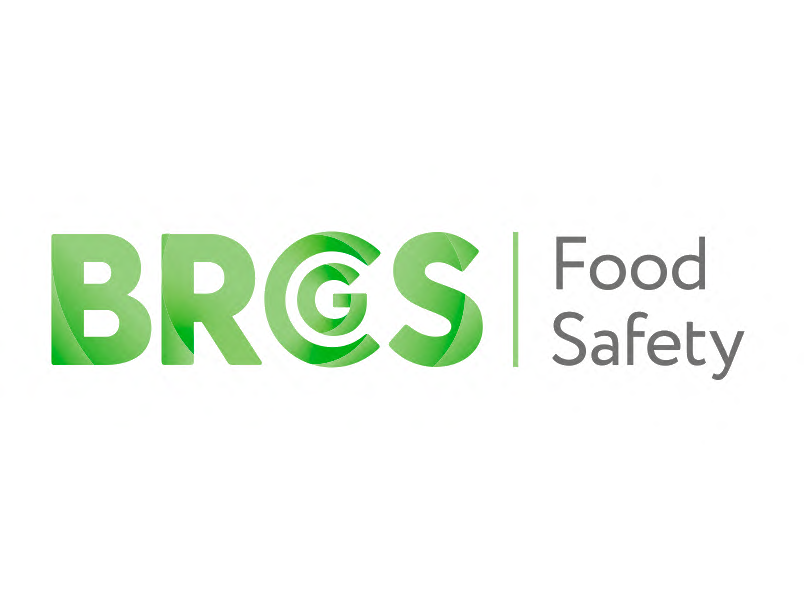
The Importance of Unannounced Audits -By Juane Jooste
April 6, 2023
Protected: Bioblitz – Report 1 – Protea @ Piket Bo-Berg Farm
August 4, 2025Staying Ahead of the Curve: Adapting to the Changes in BRCGS Food Safety Standard Issue 9
Food safety is not just a priority, it’s a necessity. That’s why the BRCGS Food Safety Standard continuously updates its requirements to ensure that the standard is meeting ever-changing regulations, GFSI standards, and consumer expectations. In Issue 9, we see a significant evolution from previous issue, putting a renewed emphasis on management commitment, a robust food safety program based on HACCP, and an overarching quality management system. In this article, we’ll delve into the latest updates and explore how they’re impacting food safety systems across the industry
- Strengthening Food Safety Culture:
- One of the major changes in Issue 9 is the emphasis on building a strong food safety culture. Facilities are now required to develop and implement a documented food safety culture plan, which should outline clear objectives, roles, responsibilities, communication channels, training, and performance measurement. This change acknowledges that a robust food safety culture is crucial for preventing foodborne illnesses and maintaining high food safety standards across the organization.
- Emphasizing the importance of a comprehensive and effective HACCP study. The key changes include:
- Validation of the HACCP Study: Facilities are now required to conduct a thorough validation of their HACCP plan to ensure its effectiveness in identifying and controlling food safety hazards. This includes verifying that the hazard analysis is comprehensive, the critical control points are correctly identified, and the control measures are effective in mitigating the identified hazards.
- HACCP Review and Documentation: Issue 9 strengthens the requirements for HACCP review and documentation. Facilities must review their HACCP plan at least annually or whenever significant changes occur in the process or product. Additionally, the review process should be documented, demonstrating the continuous improvement and effectiveness of the HACCP system.
- Internal Audits
- The management review requires internal audit results, though the specifics are not elaborated upon. The necessary management review input entails reviewing a summary of action plan outcomes that arise during internal audits. This requirement extends beyond internal audits to include documented inspection programs, hygiene assessments, or site inspections.
- Clear and detailed requirements for outsourced processing
- The updated standards now include provisions to guarantee that outsourced processes are incorporated into a facility’s HACCP plan, with specific requirements outlined and documented in a detailed specification. The definition of outsourced processing has been thoroughly and explicitly explained in a comprehensive statement of intent. Maintaining food safety throughout the entire outsourced production process remains a crucial aspect
- Extending the food defence and food fraud requirements
- Enhancing food defense and food fraud requirements is crucial in ensuring product safety and integrity throughout the global supply chain. Key aspects include conducting comprehensive vulnerability assessments, developing robust mitigation strategies, strengthening supplier verification, providing employee training and awareness, continuously monitoring and improving prevention measures, and maintaining proper documentation and record-keeping. By addressing these elements, companies can better safeguard consumers and their brand reputation
- Changes to Equipment requirements
- Issue 9 introduces changes to the equipment section in Clause 4 emphasizes the substantial updates made to Section 4.6 Equipment in the latest standard, aligning it with contemporary best practices. Key focus areas include equipment procurement, installation, and commissioning, which play a vital role in ensuring food safety and quality. Additionally, highlights important aspects such as hygiene considerations, requirements for mobile equipment, and advancements in hygienic design since Issue 8. By examining these elements, the article underscores the critical importance of addressing equipment management in the food industry to maintain the highest levels of safety and quality.
- Control of Operations
- In the updated standard, a section has been introduced to emphasize the importance of ensuring that by-products not covered during the audit do not jeopardize the safety of the audited products. This requirement underscores the need for comprehensive management and control of all by-products, even those outside the scope of the audit, to prevent cross-contamination and other potential risks that could compromise the safety and quality of the audited products. Facilities must implement effective measures, such as proper segregation, storage, and handling practices, to maintain the highest levels of food safety and prevent any adverse impact on the products being audited
- Mandatory unannounced audit every 3 years
- Unannounced audits are an essential component of the BRCGS certification process, occurring once every three years. These audits help ensure ongoing compliance with food safety standards, as facilities are assessed without prior notice, validating their commitment to maintaining high levels of food safety and quality at all times.
In conclusion, staying ahead of the curve with the latest BRCGS updates is not only savvy, but it’s also crucial for the food safety systems of any establishment. By embracing these changes and adapting accordingly, businesses can ensure that their food safety game remains strong, ultimately protecting both their customers and their reputation. So, let’s ride the wave of progress and revolutionize our food safety practices for a healthier, tastier tomorrow!


